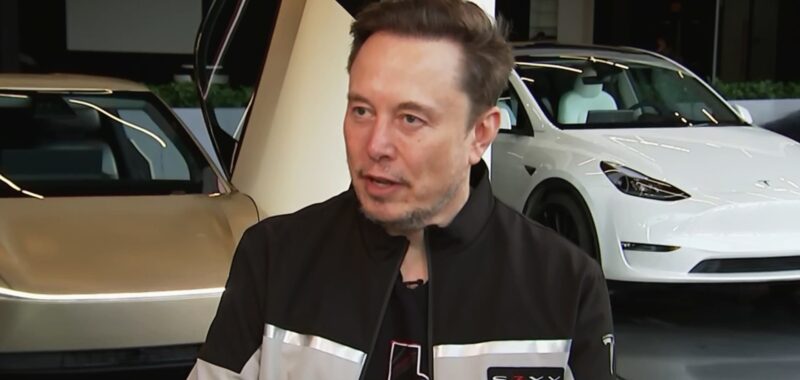Tesla CEO Elon Musk confirmed that the company will have robotaxis on the streets of Austin, Texas, by the end of June.
In an interview with CNBC’s David Faber on Tuesday at the company’s headquarters in Austin, Musk said Tesla aims to bring its robotaxis to Los Angeles and San Francisco following the planned Austin debut.
Musk said a Tesla robotaxi service will start with about 10 vehicles in Austin, and rapidly expand to thousands of vehicles should the launch go well with no incidents.
Since 2016, Musk has been promising Tesla investors, customers and fans that the company is about a year away from delivering a self-driving car that’s capable of transporting passengers safely without human interventions, or a human at the steering wheel.
“It’s prudent for us to start with a small number, confirm that things are going well and then scale it up,” Musk said.
To start, Tesla has said its robotaxis will be Model Y vehicles equipped with a forthcoming version of FSD (full self driving) known as FSD Unsupervised.
Alphabet’s Waymo is currently operating commercial, driverless ride-hailing services in various U.S. markets. On a recent earnings call, Alphabet said Waymo already conducts 250,000 paid trips per week.
Musk said Tesla “will geofence” its robotaxis in Austin to start, meaning the company will limit where those Model Y vehicles can drive. But there won’t be a human safety driver in the cars, Musk promised.
Tesla employees will be remotely monitoring the fleet, he said.
“We’ll be watching what the cars are doing very carefully and as confidence grows, less of that will be needed,” Musk said.
Musk has previously claimed Tesla’s “generalized” approach to robotaxis is more ambitious than Waymo’s. Tesla relies on camera-based systems and computer vision primarily instead of sophisticated sensors including lidar and radar.
Musk has said those sensors were expensive and could impede high-volume robotaxi production and scaling of a global fleet.
“What will actually work best for the road system is artificial intelligence, digital neural nets and cameras,” Musk said on Tuesday.
Faber pressed Musk on the political backlash that Tesla has faced in response to Musk’s involvement with the President Donald Trump’s administration, and in German politics. Tesla has faced declining EV sales, reporting a 20% drop in automotive revenue in the first quarter of 2025.
Musk attributed the sales decline to the company needing to retool its factories to begin production of a refreshed version of its most popular car, the Model Y.
“We can’t make cars if the factories are retooling. But we’ve seen a major rebound in demand at this point,” Musk said, without providing numbers. “When you buy a product, how much do you care about the political views of the CEO or even care what they are?”
While remaining at the helm of Tesla and also running SpaceX and xAI, Musk is serving as a key adviser to President Trump after spending nearly $300 million to propel him back to the White House.
His holdings in Tesla and SpaceX make Musk the world’s wealthiest individual with an estimated net worth around $376 billion today, according to the Bloomberg Billionaire’s Index.
Earlier on Tuesday, Musk committed to leading Tesla for the next five years.
“Yes, no doubt about that at all,” Musk said in an interview at Bloomberg’s Qatar Economic Forum in Doha.

